famous for its grand boulevards, Belle Epoque
department stores and drop dead glamourous Palais Garnier.
But you may be surprised to hear this diverse district
is arguably blessed with more Paris color and personality
than many of its better known neighbors.
I have a soft place in my heart for locales that are emotionally complex;
for this reason, the 9th never disappoints.
Its jumble of happily distracting contrasts is gloriously grand on one block, roguishly rumpled on the next, yet rock-solid Paris to the core.
Never boring, forever irresistible, we're awarded a surprise on every block, a
mix-and-match diversity that makes this neighborhood so satisfying.
This "clash of the 9th" is one of the highlights that lure us
back to the French capital year after year.
From luxurious avenues to rough-around-the-edges alleyways,
this authentic Paris neighborhood brings meaning to the word "well-traveled".
of the 9th, is the picture of respectability.
Well-groomed and classically endowed, this posh little square
will almost make your teeth hurt, it's so delicious.
A fountain filled with classical beauties pose front and center
of well ordered Renaissance mansions.
Stately trees and manicured gardens are utterly va-va-va-voom,
yet dignity and order rule the day.
Right from the start, you'll appreciate the architectural details on the outside.
Go ahead, let your imagination soar.
Persian carpets, gilt-framed mirrors and romantic poet-types
surely reign within these pretty doors.
Quiet and outright calm, Cité de Trévise is the 9th at its well-groomed best.
perhaps not so celebrated by the average Paris tourist
but well loved by the local citizenry.
Notre Dame de Lorette, completed by 1836, was one of several churches
built to replace those destroyed in the French revolution.
Not far from the prestigious Cité de Trévise and nearby upscale neighborhoods,
this spiritual center remains miles away in terms of status and social standing.
You see, in spite of a wealth of stunning murals and sacred church decoration,
this neo-classical house of worship claims the same name
as the 19th century prostitutes who worked nearby.
La Lorette was the nickname for the "working girls" who plied their trade
in the streets rather than the authorized brothels.
Undocumented and unregulated, they often times offered
their services at reduced fees.
No one knows for sure, but I like to think of these fallen women
sneaking a quiet break in the spiritual sanctuary of the church.
In those burdensome and oftentimes punishing days,
a "fille de joie" was just trying to put bread on the table.
A prayer here and there, no doubt, eased some
of their roughest days -- and endless nights....
it's unlikely you'll be able to see much of Avenue Frochot,
a gated community just blocks away from scruffy Place Pigalle*.
Talk about mismatched neighbors!
Avenue Frochot is the very essence of polished residential luxury;
Place Pigalle* is the backbone of peep shows and all-night bars -- the
clash of the 9th in all its glory!
*I'm not picking on Pigalle; this once tattered neighborhood has enjoyed a recent revival and though
still a bit on the wild side, the new re-imagined So-Pi quarter is now trendy and cool.
Meanwhile, back at the solidly locked doors of Avenue Frochot,
a beautiful art-deco stained glass wall sets off its majestic black gates
where you're left to wonder how the rich & famous cope with such perfection.
Famous folks have called this home over the years including
film director Jean Renoir (son of Pierre Auguste Renoir), jazz guitarist/composer
Django Reinhard, and surreal artist Gustave Moreau.
Nearby rue des Martyrs -- see random-acts-of-imagination.html -- is where
locals seem to meet in the middle -- a sharp middle-class contrast
to the upscale Frochot and the philistine Pigalle.
But I think this lopsided nature is exactly what we're searching for -- that indescribable Paris personality that reads like a good adventure story.
Like night and day, these neighborhoods are poles apart.
And we thank our lucky stars we can orbit their sun.
a time-honored institution, a famous face in Paris.
"A psychiatrist is a man who goes to the Folies-Bergère and looks at the audience."
Mervyn Stockwood, Anglican Bishop
The come-hither cabaret is famous for its spectacular -- and often naughty --
stage shows, carnal temptations and flowing champagne.
Open since 1869, it has staged serious talent, cheap thrills
and tangible history in equal measure.
In 1911, Charlie Chaplin, WC Fields and Stan Laurel
appeared together on the same stage.
Toulouse Lautrec and Edouard Manet captured the mood and color
of the neighborhood in the faces of its barmaids and patrons.
Josephine Baker swept everyone off their feet each time she slithered
onto the stage while Maurice Chevalier charmed the ladies.
From Edith Piaf to Frank Sinatra, Charles Trenet, Elton John,
and Benny Hill, the Folies Bergère proves that opposites attract.
Here in the 9th, that's exactly what we've come to expect.
After all, when in Paris,
you've come to expect a good measure of razzle-dazzle.
"A little song, a little dance, a little seltzer down your pants."
Ted Baxter on the Mary Tyler Moore Show memorializing Chuckles the Clown
The Second Empire structure is tall and imposing, true to the demands of Barron Haussmann's campaign to update and beautify Paris.
It's a welcoming spiritual center, most loved for its famous organ
and long line of celebrated organists.
And much like Notre Dame de Lorette, there are two sides to this coin.
The Hotel Amour -- now a pretty boutique-style hotel -- was home
to a popular neighborhood brothel -- iron shackles & torture rack included.
Just another alternate universe in the 9th arrondissement, it proves the old axiom:
"It takes all kinds of people to make a world."
Norman Mailer, American Novelist & Pulitzer Prize Winner
in L.A., Nashville, New York City, and London -- but can you
imagine borrowing a cup of sugar from Frederic Chopin?
Consider the lifestyle of the rich & famous in the mid-nineteenth century.
Back then, the 9th's Square d'Orleans had star power.
This was the home turf for artists, writers and musicians
who toiled in the big league, home-sweet-home for the likes of
Chopin, Georges Sand and Alexandre Dumas.
The 9th was known as La Nouvelle Athènes, its inspiration
borrowed from Greek antiquity.
Neo-classical architecture galvanized these creative geniuses,
and before long it became the heart of intellectual Paris.
The Romantic Movement caught fire here beginning near the end of the
18th century; you can still find its vestiges on nearly every corner.
Dirty Dick - yikes, that's hard to say out loud -- earned its name.
At one time, this hangout was a brothel, beloved by Allied soldiers during WWII.
I'm told they now offer great cocktails and lively atmosphere but walking by
for a photo op is likely the closest I'll ever get.....
The flipside of Paris is so much fun.
The ninth arrondissement is as colorful and compelling as a Zola novel.
Be it respectable or rickety, every street has a story to tell.
Through the years, everyone shared this quarter.
Delacroix and Chopin, ladies of the night and Communists
(their former headquarters were on Place Kossuth), surrealists and existentialists,
everyone felt at home in the 9th.
I know I do.
And I think you will as well.
So on your next visit to Paris, please branch out a little
and make your way to the neighborhood with the big personality.
Love Potion #9.
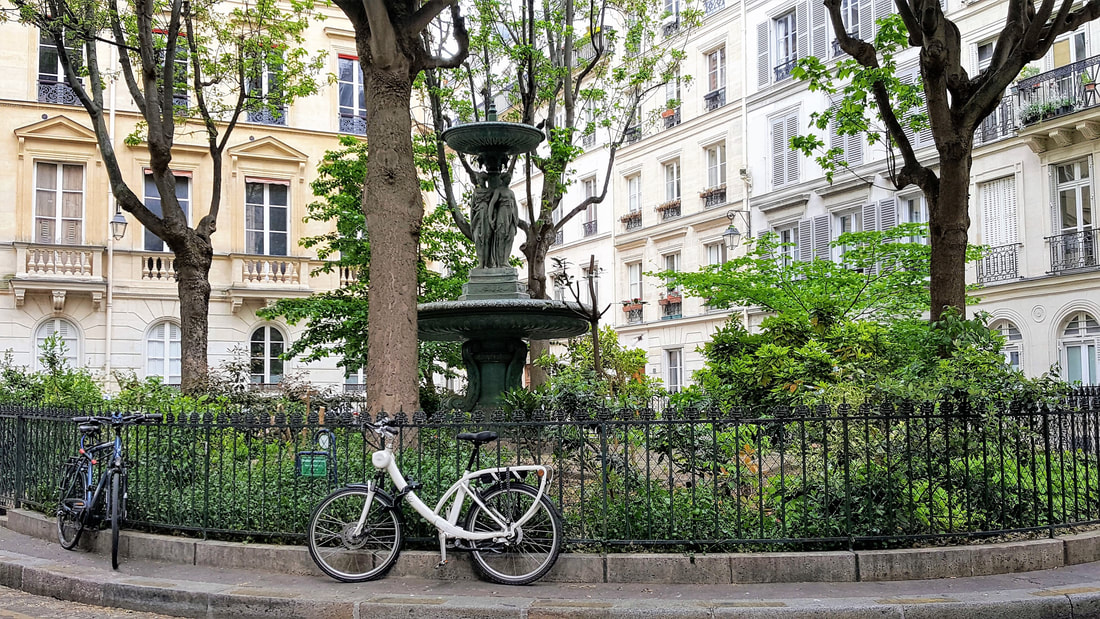



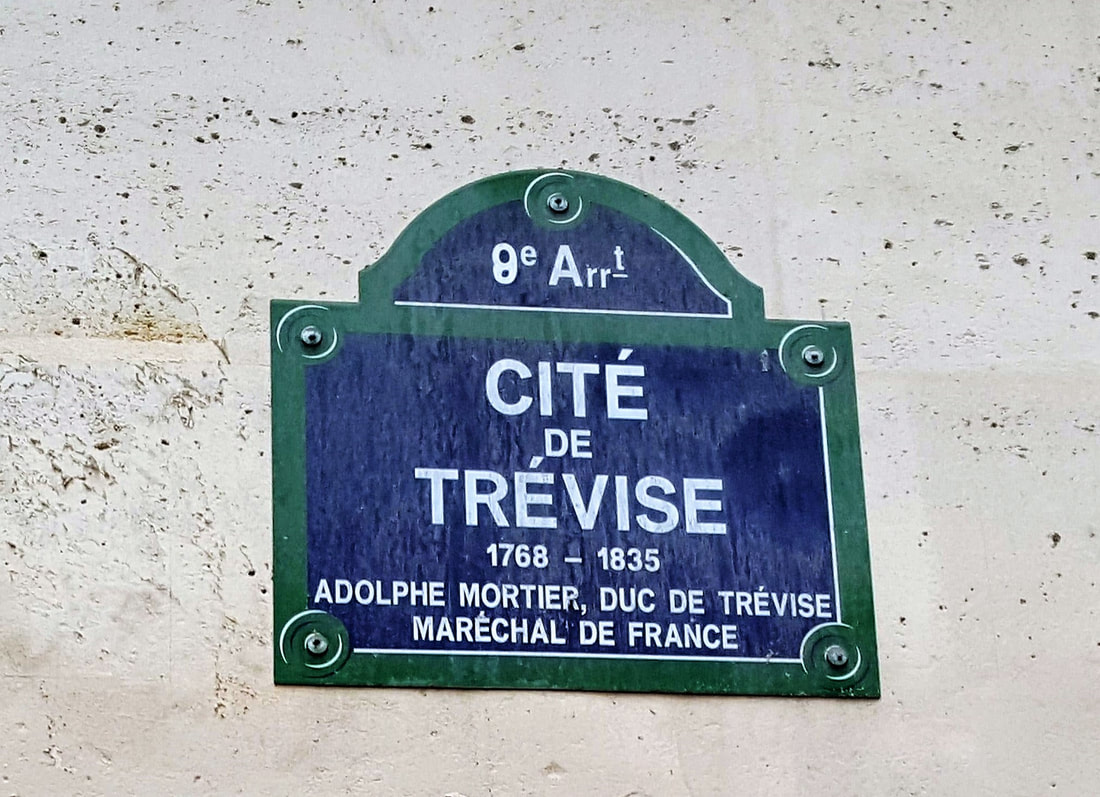
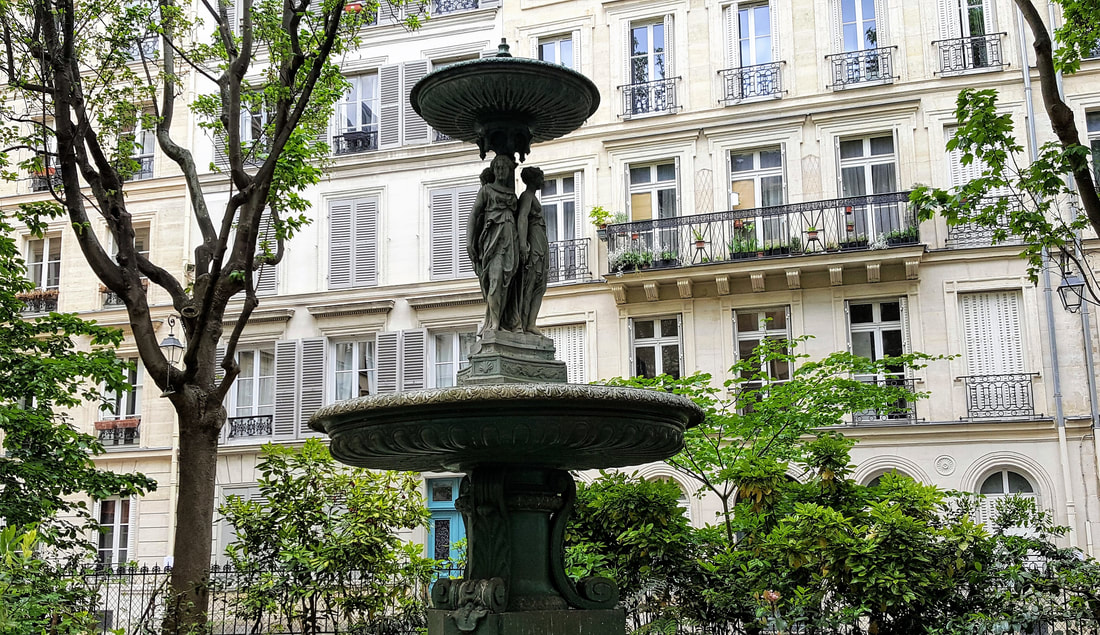

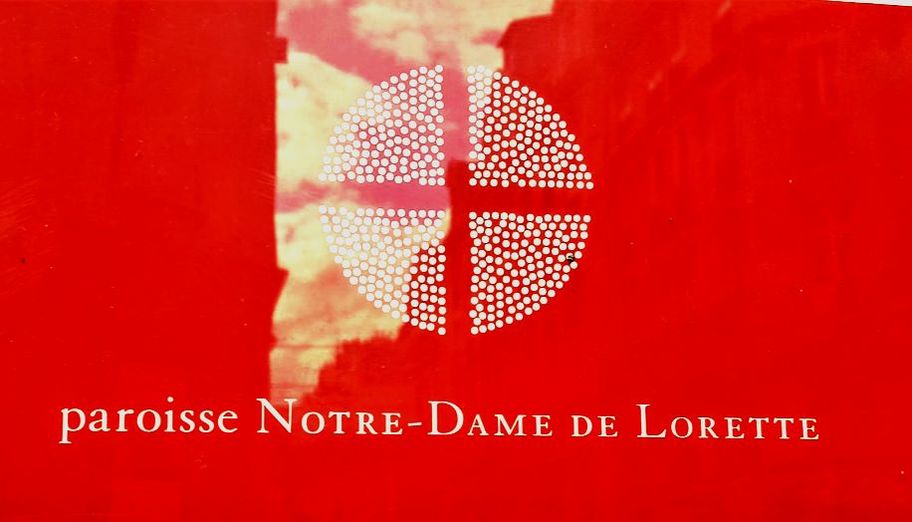

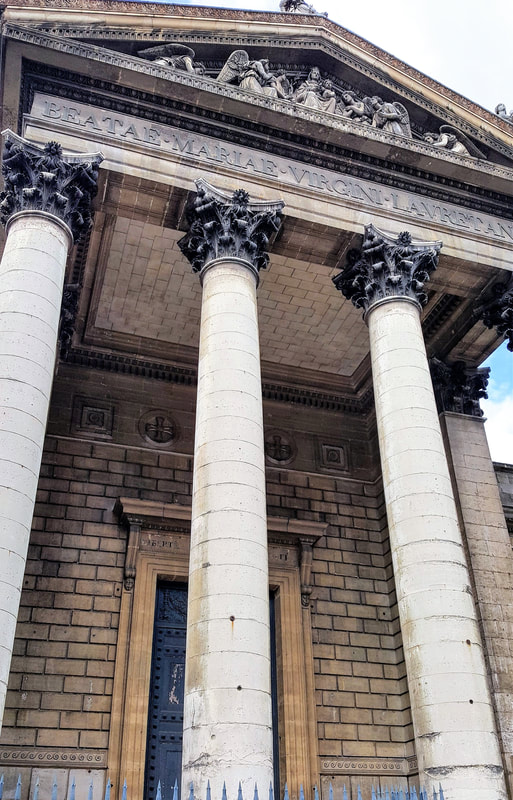


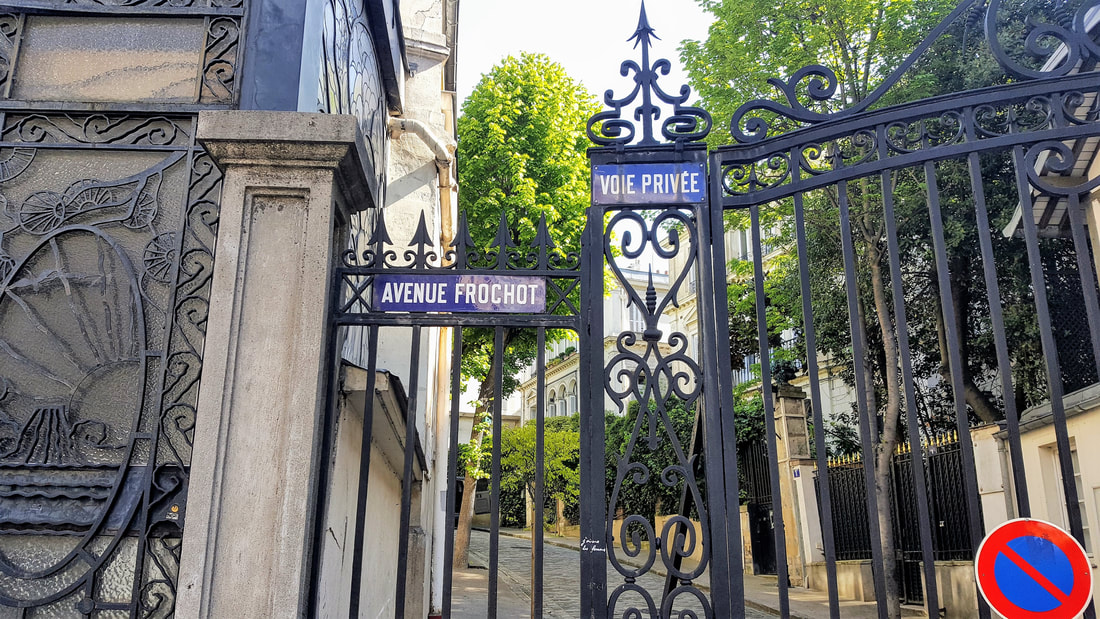
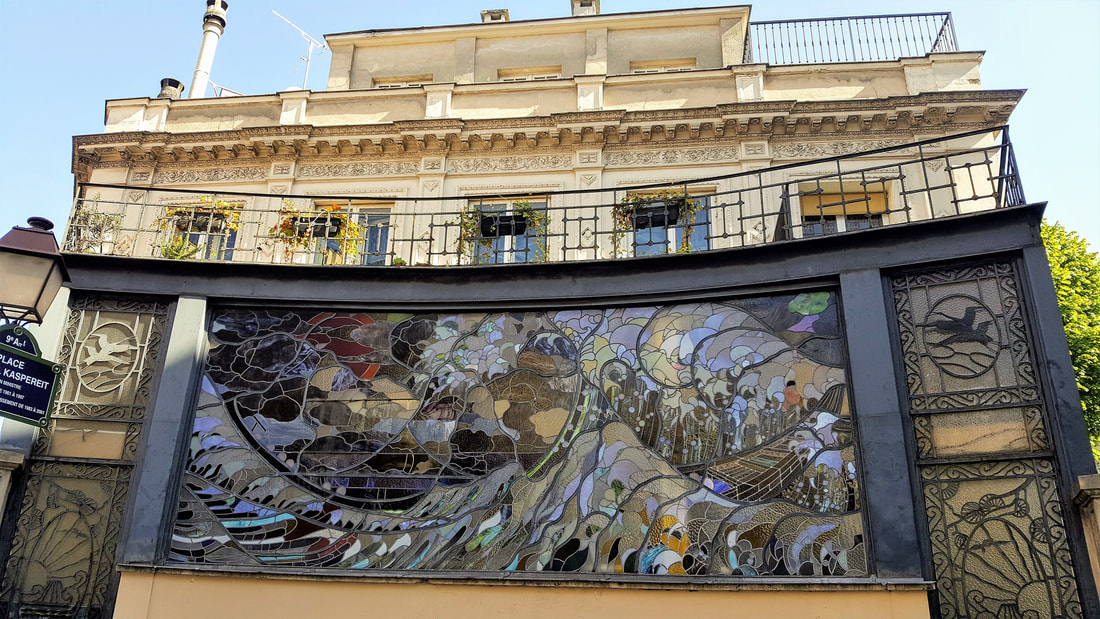


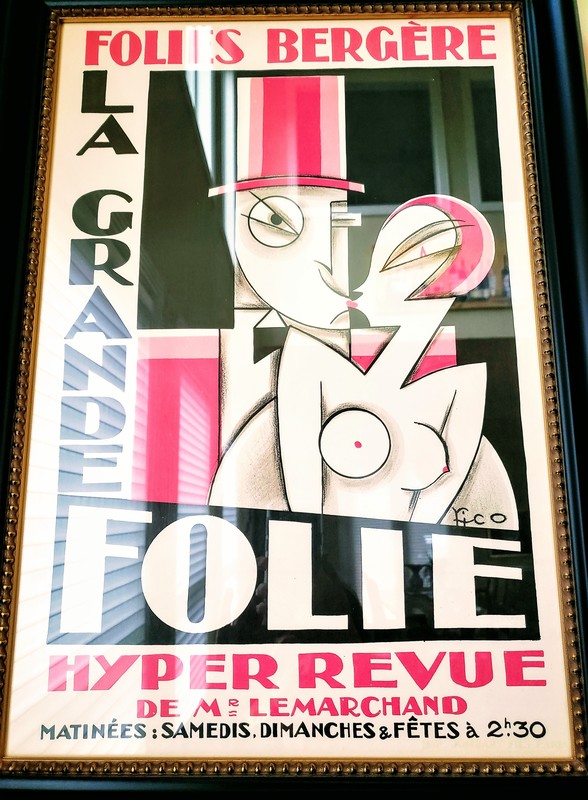
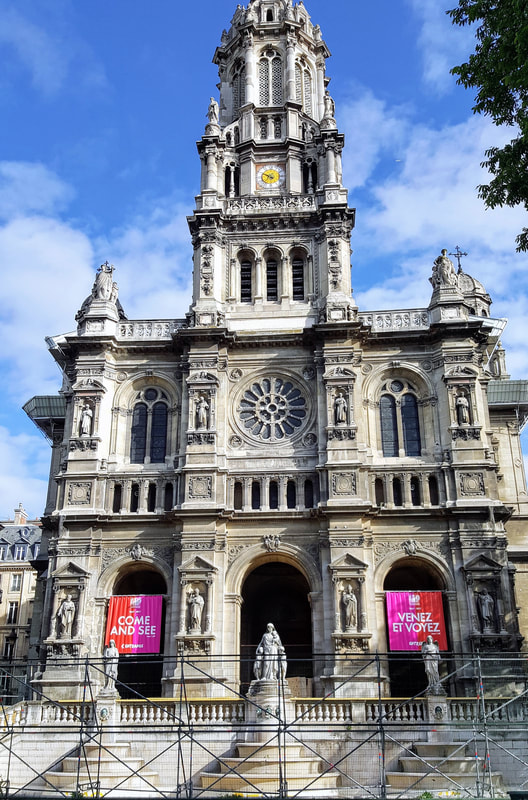
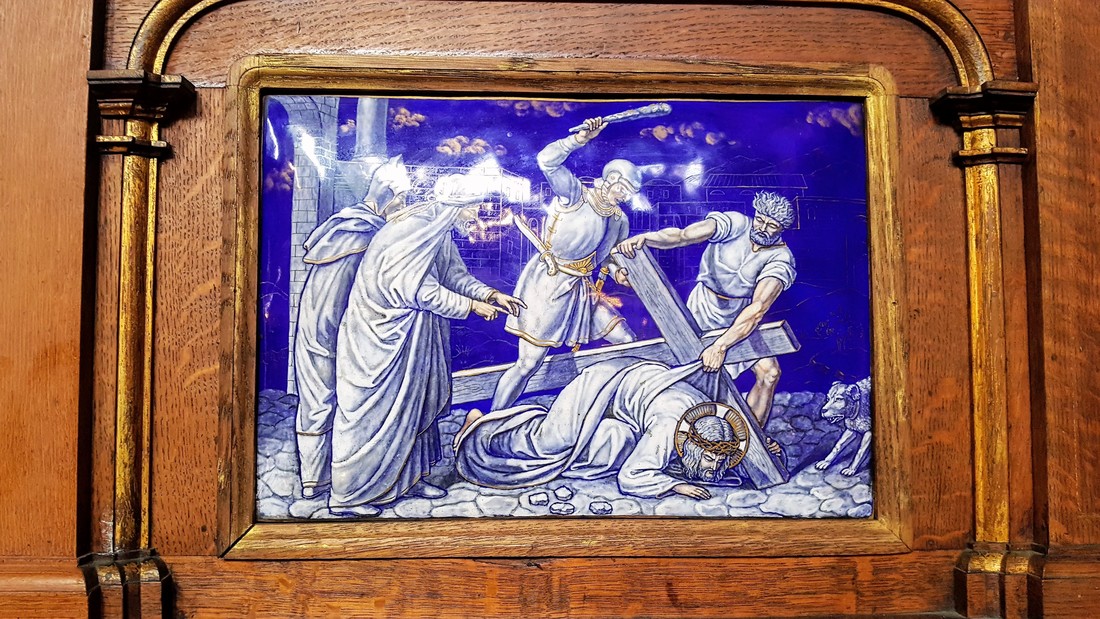
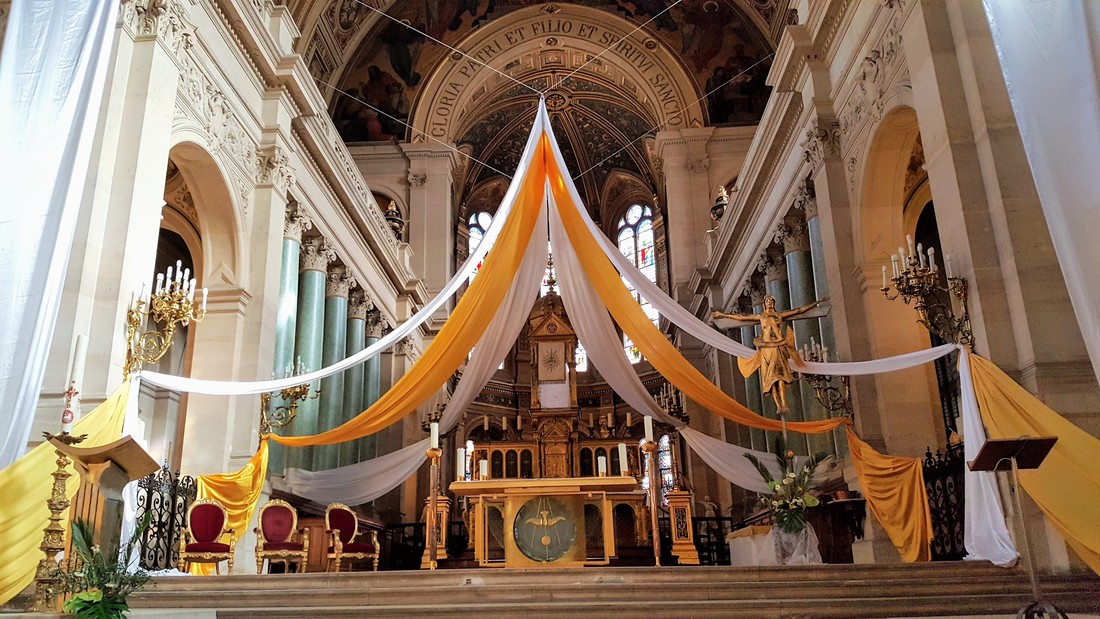
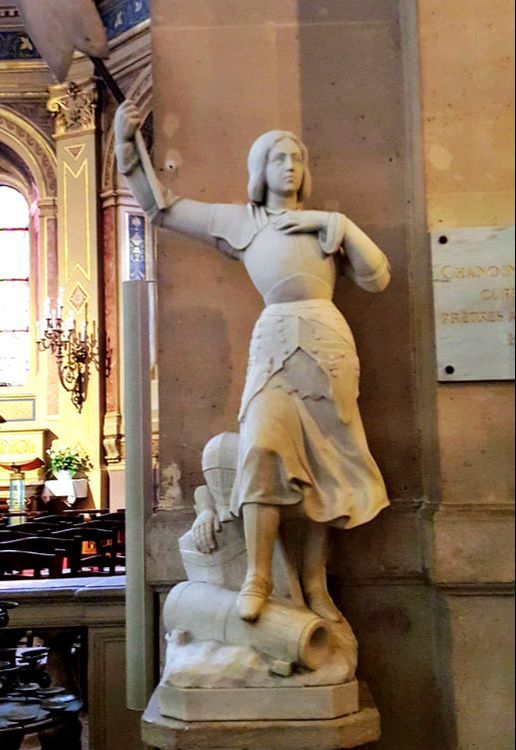

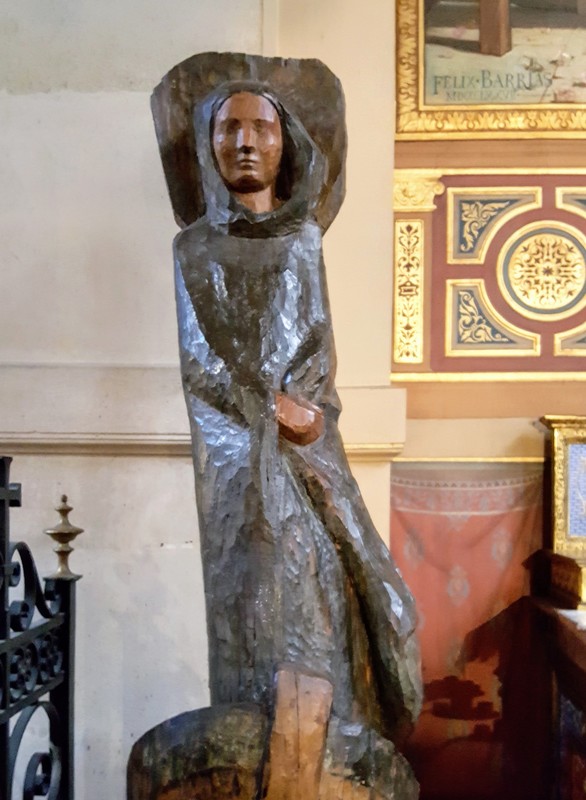
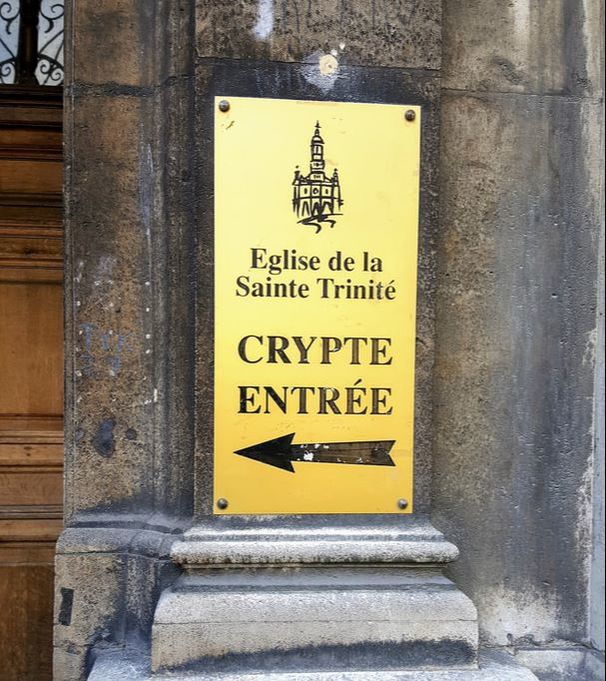
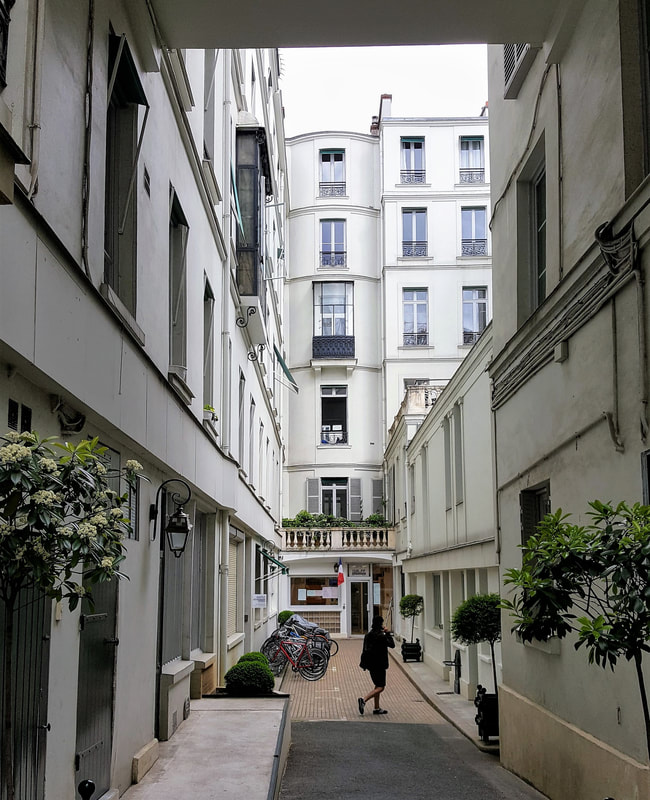
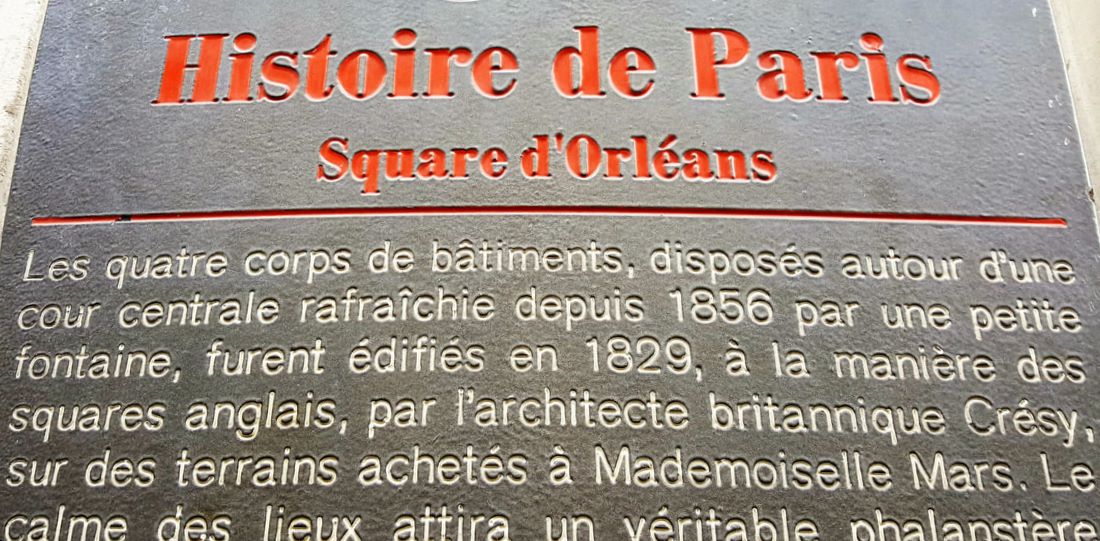




 RSS Feed
RSS Feed
